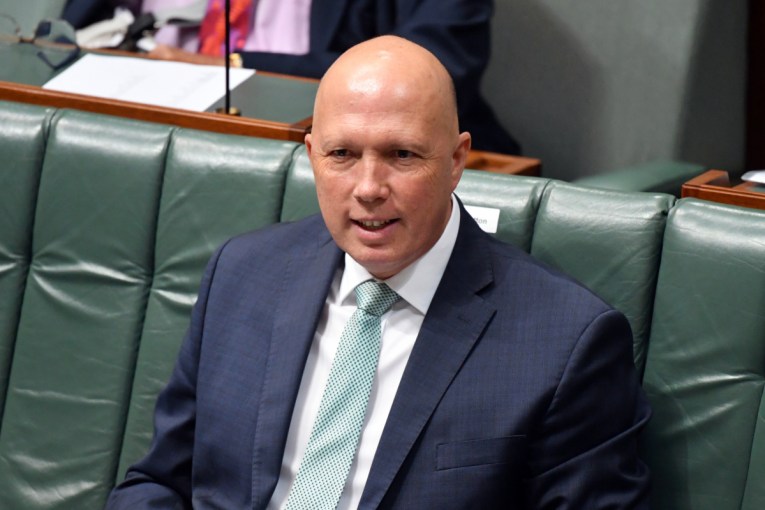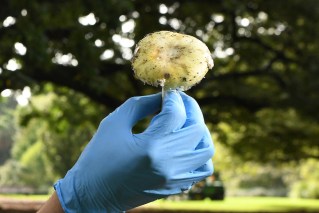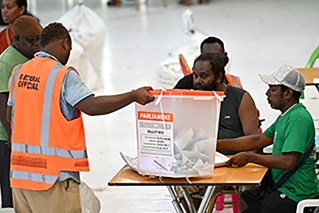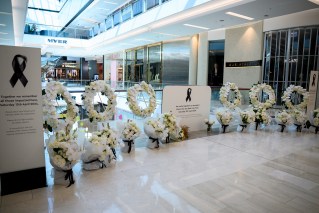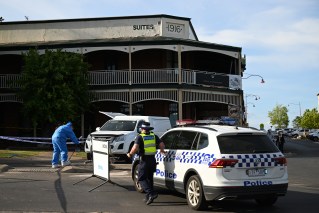Aishwarya Aswath report finds ‘cascade of missed opportunities’ at Perth Children’s Hospital
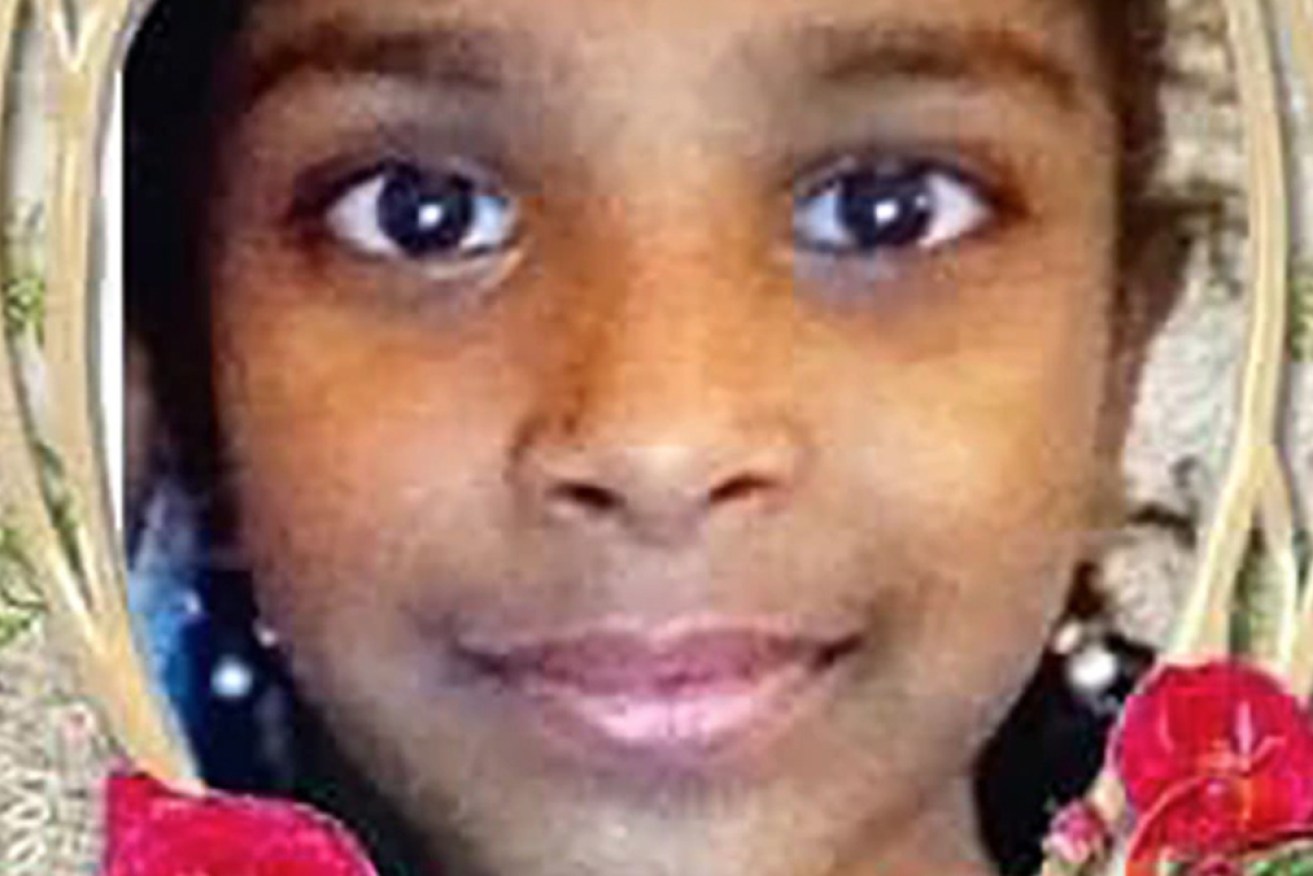
Aishwarya Aswath died after waiting for two hours for emergency help at Perth Children's Hospital. Photo: Suresh Rajan
The family of seven-year-old Aishwarya Aswath has publicly released a report into her death, revealing she had a temperature of 38.8 degrees Celsius and was “floppy” as she awaited care at Perth Children’s Hospital’s emergency department.
In a damning assessment, the report, which has been tabled in Parliament, stated there were failures to address the concerns of Aishwarya’s parents on their daughter’s deteriorating condition, and there was an overall “unco-ordinated plan of care” for her.
The report detailed what happened the night Aishwarya died, including the response from staff, as she waited around two hours to be treated before being declared dead just after 9pm on Saturday April 3.
“The panel found there were a cascade of missed opportunities to address parental concerns and incomplete assessments, with a delay in escalation which may have contributed to the patient’s outcome,” the report found.
It revealed a nurse noted the parents were “anxious and concerned about their daughter”, but nonetheless the “parental concern” was considered “absent” by staff, resulting in a score of zero for this criteria.

Aishwarya Aswath was suffering from sepsis when she died.
That was despite it being documented the mother was “anxious ++”.
The report outlined that if a patient had a temperature higher than 38C, they should be considered for sepsis, but Aishwarya was not.
Instead, at one point a staff member noted Aishwarya’s temperature of 38.2C was a “normal finding”.
At its highest before she was seen by a doctor, her temperature was recorded at 38.8C.
At 5.52pm, Aishwarya’s respiratory rate was 44 breaths per minute, her heart rate was 150 beats per minute and she had a blood pressure reading of 114/103.
Sepsis was subsequently identified after her death.
Report ‘contradictory’, Aishwarya’s family say
The document also described Aishwarya as being “alert”, “clingy” and “grunting in pain”, but in a follow-up statement, the nurse said this may not have been the most appropriate word.
Speaking on behalf of her family, Suresh Rajan, said her parents wanted to correct the information in the report as it was “completely contradictory”.

Family spokesman Suresh Rajan says questions remain unanswered about the girl’s death. Photo: ABC News
“[This] is why we’ve been saying right from the very start,” he said.
“We didn’t agree with what the findings were, we didn’t agree with the timeline and therefore an external inquiry is going to be the only way that that will be resolved.”
The report was given to the family last week as the government revealed the report’s 11 recommendations in state Parliament.
The report identified seven contributing factors to Aishwarya’s death, including communication issues between staff and between staff and her parents.
It also identified a “lack of recognition of persistent and significant parental concerns as a significant clinical concern to be escalated resulted in a delay in treatment which may have contributed to the patient’s outcome”.
Staff training and skills were also highlighted as an issue because there was a “failure to identify an abnormal temperature against a clearly defined prompt”.
Two of the registered nurses handling Aishwarya were relatively junior, with three and four years of postgraduate experience.
Medical officers, nurse missing
The report revealed three resident medical officers in the emergency department called in sick and none were replaced because of a lack of available staff.
The department was also one nurse down, resulting in medical assessment delays and prolonged waiting times.

The report says senior clinicians had raised “substantial concerns around patient safety” at the hospital. Photo: ABC News
The average wait time was 108 minutes, according to the report.
A shortage of beds, rooms and resources was also shown to be a problem.
The report revealed senior clinicians had escalated “substantial concerns around patient safety” to senior management since October 2020.
It also noted a culture which saw escalation as “futile and ineffective” leading to a failure to call for assistance when it became busier.
–ABC
